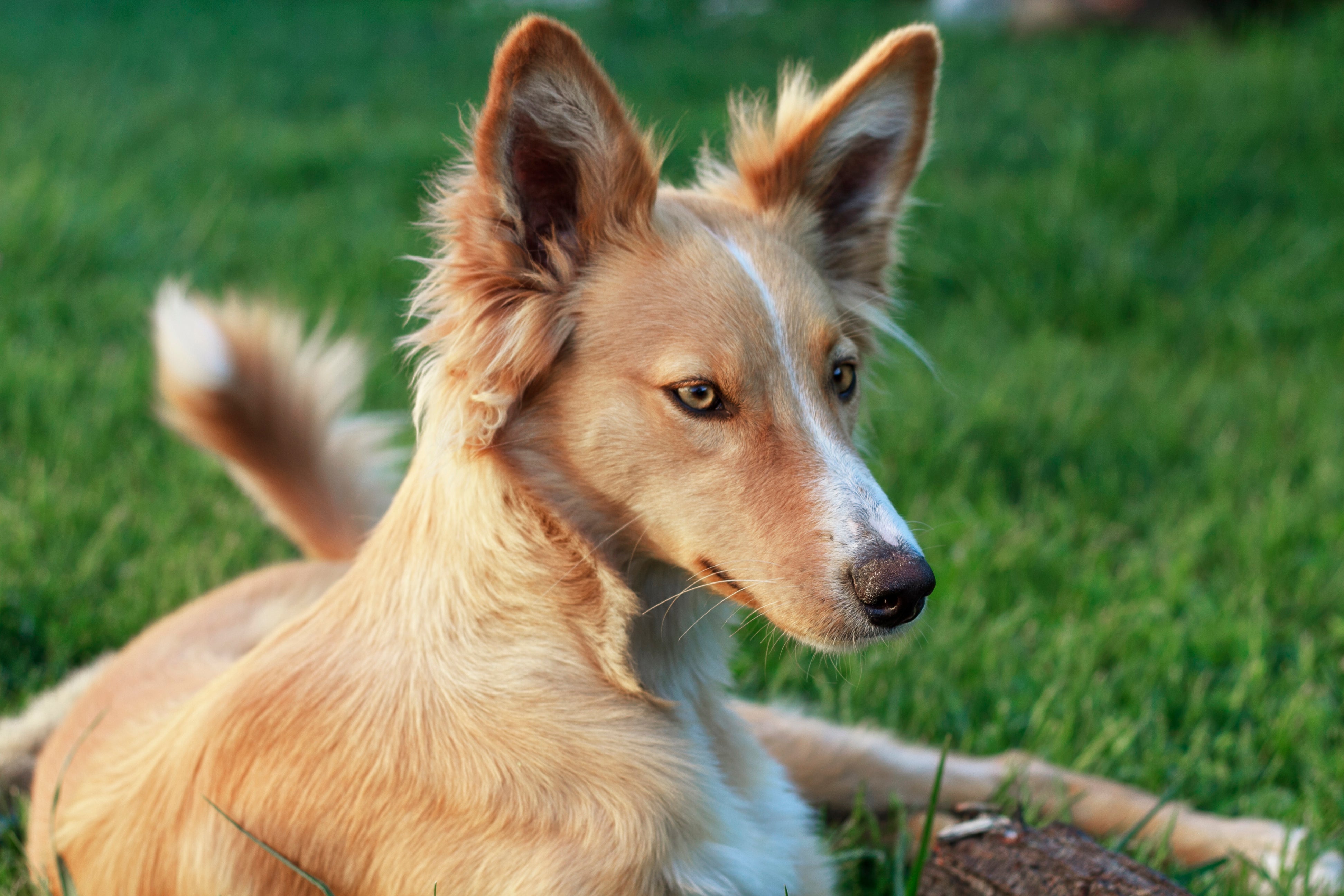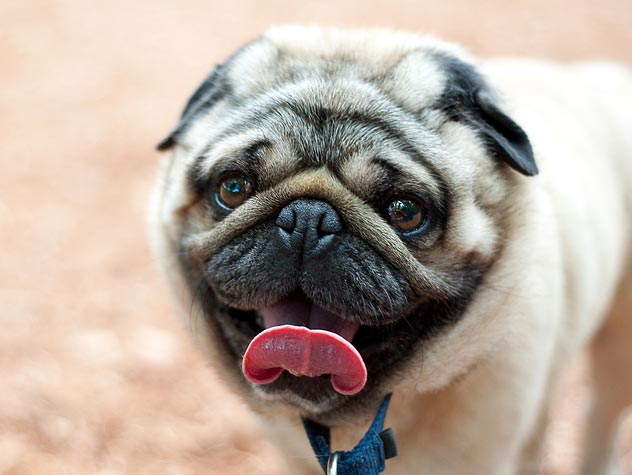Portuguese Podengo
The Portuguese Podengo is a small, sturdy coursing hound that comes in two sizes, medium and large, and two coat types, smooth and wirehaired. They are loving and lively dogs that have big brains—which sometimes makes them a little more challenging to train than other dogs. They have erect ears, a pyramid-shaped head, and almond-shaped eyes that are expressive and kind. Funny and clownish, they love to play and are easily entertained.
Breed characteristics carousel
Learn More
Need to Know
- Dog suitable for owners with some experience
- Extra training required
- Generally healthy breed
- Enjoys active walks
- Medium dog
- Minimal drool
- Requires frequent grooming
- Chatty and vocal dog
- Barks, alerts, and may be physically protective/suspicious of visitors
- Could have issues with unknown dogs but gets along with known dogs
- May need additional training to live with other pets
- May need additional supervision to live with children
- Needs a small yard in suburban or rural areas
- Can be left alone occasionally with training
- AKC Registered Breed

Personality
Inherently independent thinkers, Portuguese Podengo dogs are quick learners. Their high energy and playful nature mean their enthusiasm can feel like that of a puppy past actual puppyhood. More reserved with strangers, they still love to shower their people and families with affection.
With roots stretching back to ancient Egypt, Portuguese Podengos are one of the world’s oldest dog breeds. These pooches only just appeared in the United States, with the first Podengo Grande imported in 2008. Regardless of those ancient roots, Podengos remain somewhat rare stateside and worldwide today.
Portuguese Podengos do best with a lot of physical activity and love going on runs or hikes with their person. It’s also good if the owner has hound experience since their instincts and independence can be a little challenging with the uninitiated. Someone who works from home or is down to bring their doggo companion with them through their day is helpful, as Podengos aren’t fans of extended periods of alone time.
Physical as well as mental stimulation are required to keep the Portuguese Podengo breed happiest and healthiest. Puzzles and other interactive games help engage their minds. Regular walks and playtime within a secured yard help them burn through their naturally high energy.
Although not impossible to adjust to apartment living, the ideal living environment for the Portuguese Podengo dog includes a fenced yard.
Grooming is fairly minimal for the Portuguese Podengo dog, with easy requirements like regular brushing and only occasional bathing to keep intact natural oils.
Early and proper socialization can help temper the Portuguese Podengo’s chasing instincts, making them less shy. As with all dogs, the key is patience, positive reinforcement, and consistency. If the owner doesn’t have a lot of hound experience, it might be beneficial to consider hiring a professional trainer who does.
With proper training, they’re a great addition to the family, although they do best with families with older children or no children, and families without any other small pets.
The cost of a Portuguese Podengo from a breeder is significantly more than the cost of adopting one from a local shelter or rescue. The adoption fee usually covers additional items such as spaying or neutering, vaccines, and microchipping.

Learn more about feeding and caring for your Portuguese Podengo on Purina.
Did You Know?
- Podengo dogs come in two different sizes and two different coat types.
- Some records say Phoenician traders took the Portuguese Podengo dog to the Iberian Peninsula, where they evolved into the modern breed we see today.


